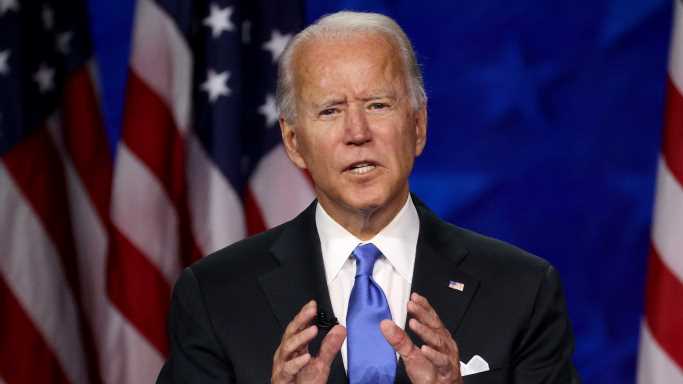Political polarization is one of the main concerns of Americans today. In a recent survey by FiveThirtyEight, 28% of those surveyed claimed that political extremism or polarization was one of the most important issues facing the country — the third largest share of the 20 issues listed on the poll, just behind inflation and gun violence.
According to The Pew Charitable Trusts, the percentage of Americans who express consistently conservative or consistently liberal opinions doubled from 10% in 1994 to 21% in 2015. Political polarization is at its highest point in decades, intensified by shifting demographics, social media echo chambers, and partisan polarization in Congress.
These factors, as well as decades-long gerrymandering efforts by state legislatures, have led to cities where extremely Democratic-leaning districts sit alongside extremely Republican-leaning precincts — ideologically and politically segregated precincts.
To determine the most politically polarized cities, 24/7 Wall St. reviewed precinct-level data on 2020 presidential election returns from the MIT Election Lab. We aimed to determine how many voters live in a precinct (a subdivision of an electoral district) where the vast majority of residents (over 80%) hold similar political views — and therefore how ideologically segregated a metropolitan area is.
To estimate the share of voters who live in precincts where their political party enjoys an overwhelming majority, we calculated the percentage of votes for Joe Biden that were cast in the 2020 presidential elections in precincts where he received at least 80% of the vote and similarly the percentage of votes for Donald Trump cast in precincts where he received at least 80% of the vote. Only cities where Biden or Trump won by less than a 15-point margin overall were included.
In the most polarized city, Pine Bluff, Arkansas, for example, 59.9% of Biden voters live in precincts where at least 80% of votes also went to Biden. Similarly, 41.5% of Trump voters live in precincts where at least 80% of voters also voted for Trump. In total, 51.1% of voters live in precincts where at least 80% of fellow voters also voted for their presidential candidate — the most of any metro area.
The large share of voters living in ideologically uniform precincts reflects degrees of partisan segregation and ideological siloing that can result in narrow electoral victories on a metropolitan level. Ideological siloing refers to Americans having friends who share their political views and who perhaps choose to live in proximity to one another.
Most of the ideologically-segregated metro areas are in the South, which also has some of the most racially segregated metros nationwide. (These are the most segregated cities in America.)
Indeed, race and income are two of the most important predictors of voting behavior, and cities like Pine Bluff, Arkansas; Milwaukee, Wisconsin; and Jackson, Mississippi have some of the most extreme racial segregation and income inequality in the country. In Pine Bluff, 80.8% of Black residents live in census tracts where at least 50% of the population is also black — the largest share of any metro area. Many of the most politically polarized cities — Shreveport, Louisiana; Gainesville, Florida; and Macon, Georgia, for example — also have the worst income inequality, as measured by the Gini index of income inequality.
Several of the most politically polarized cities are home to major universities, whose constituents tend to vote Democrat but are situated in otherwise Republican counties. In Blacksburg, Virginia, for example, the most Democratic-leaning precincts are located near Virginia Tech. In Gainesville, Florida, Democratic-leaning precincts are situated around the University of Florida. (On a lighter note, here are the 25 best political comedies in movie history.)
Click here to see America’s most politically divided cities.
Click here to read our detailed methodology.
Sponsored: Find a Qualified Financial Advisor
Finding a qualified financial advisor doesn’t have to be hard. SmartAsset’s free tool matches you with up to 3 fiduciary financial advisors in your area in 5 minutes. Each advisor has been vetted by SmartAsset and is held to a fiduciary standard to act in your best interests. If you’re ready to be matched with local advisors that can help you achieve your financial goals, get started now.
Source: Read Full Article
